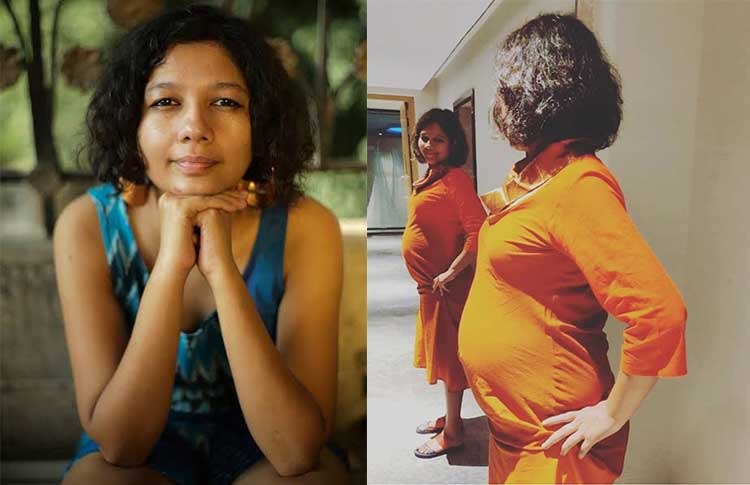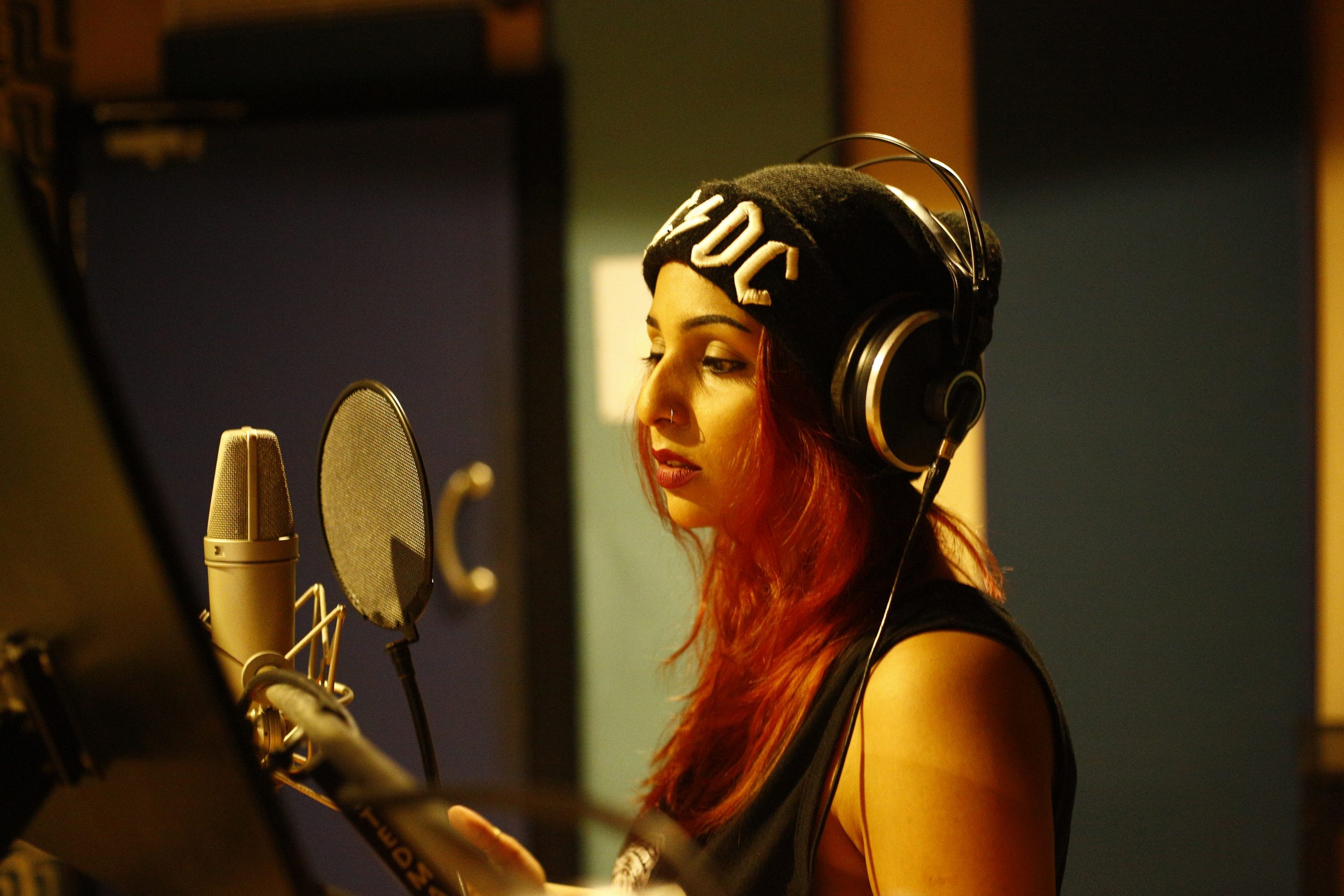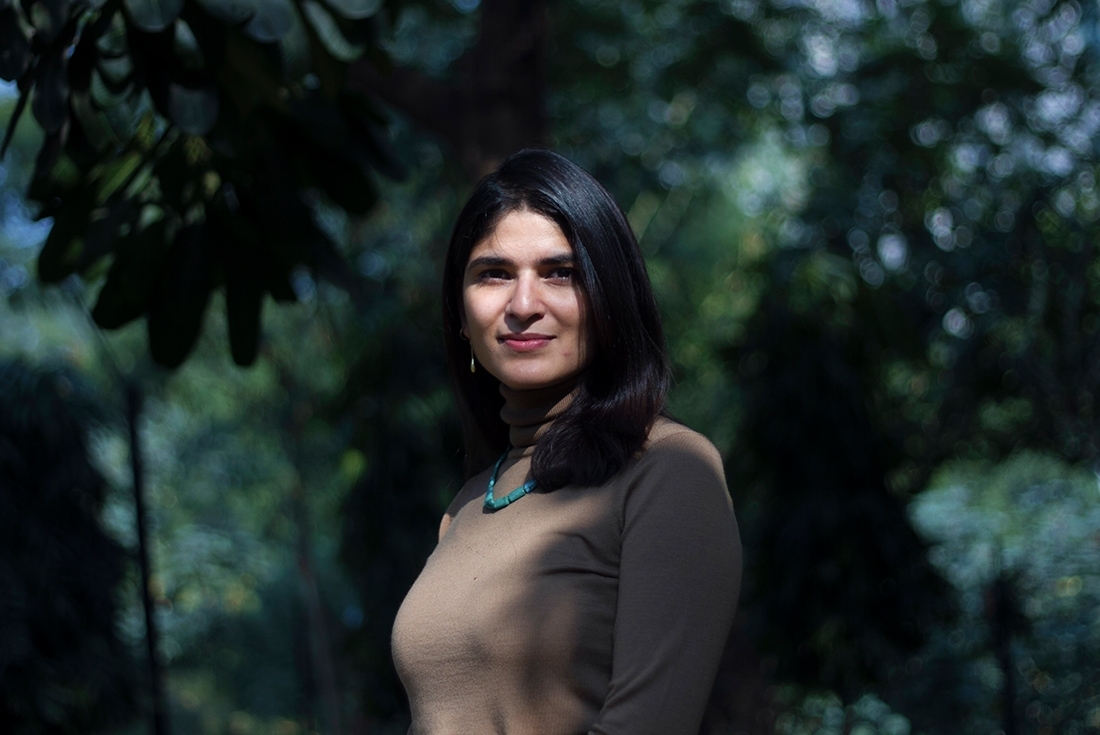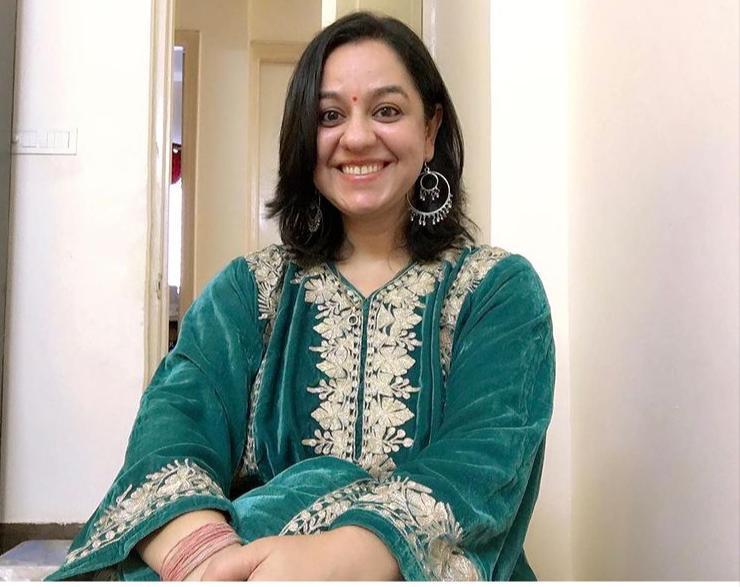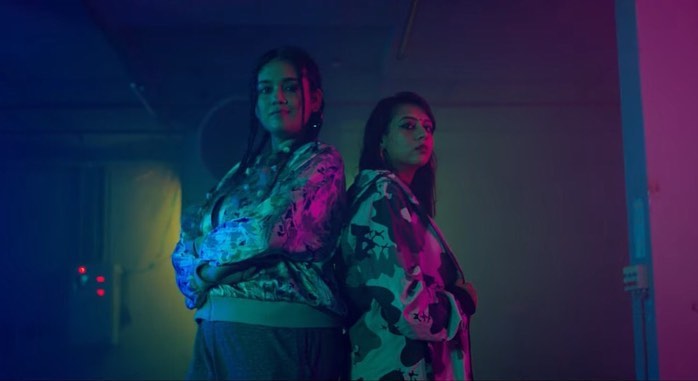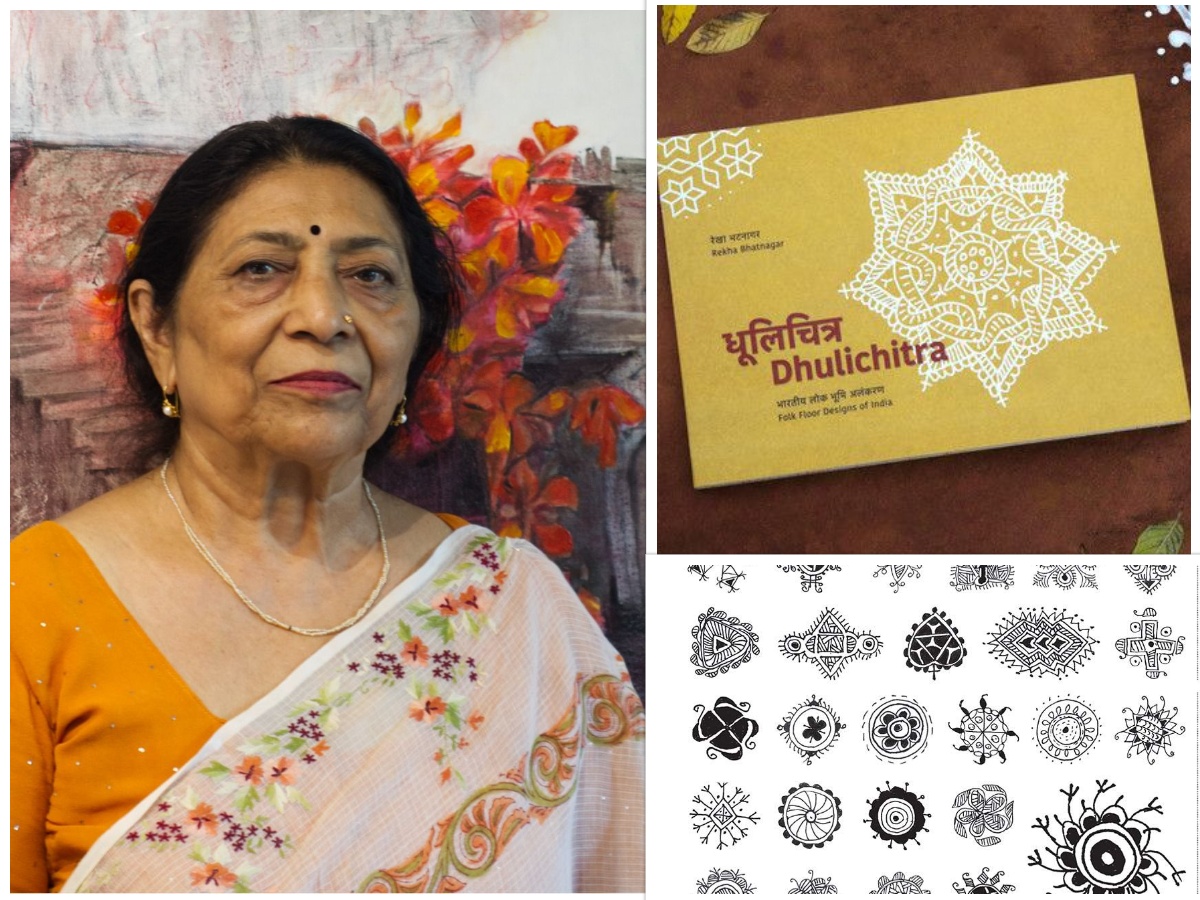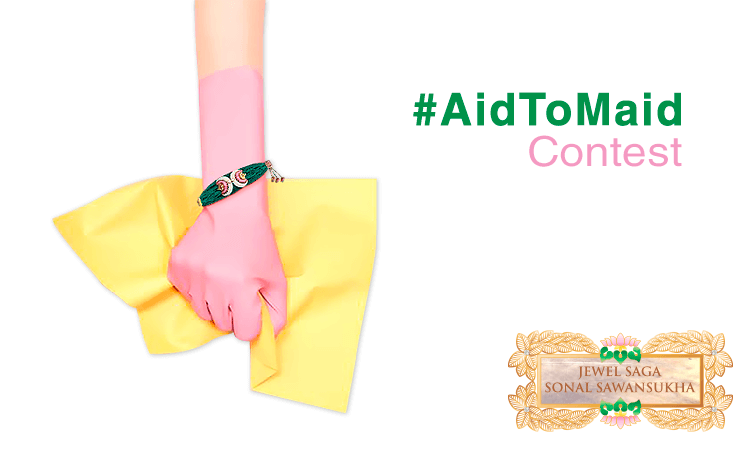Healing Communal Tensions, Dastangoi Is A Cultural Tool India Needs
- IWB Post
- January 30, 2023
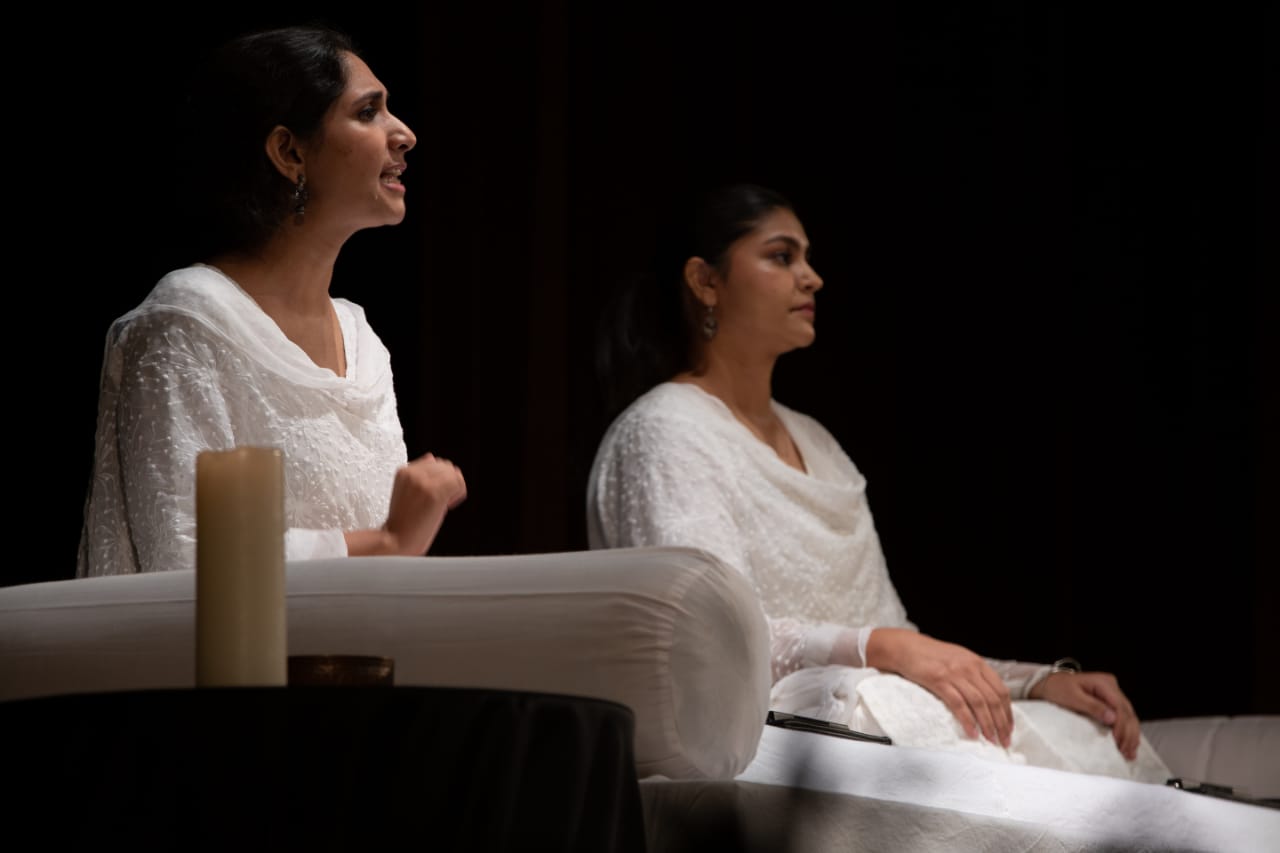
Stories connect people to cultures and realities far removed from their own, thus bringing together diverse groups. It is no wonder then that the art of storytelling that dates back to oral narratives, and folk tales has withstood the test of time. Amidst Instagram reels, which have become a modern and a more distanced form of storytelling, one can always fall back on Dastangoi to fulfill a longing for a classic.
Dastangoi is a lost art form of storytelling in Urdu, performed by either one or two people using minimal props. The art form delved in the tales of adventure and mysticism, and although it flourished in India in the 19th century, it vanished for some time after the death of Mir Baqar Ali. However, it was revived in 2005 and it is now being popularized again by a group of practitioners.
“I attended my first Dastangoi show at Indian Habitat Centre, in Delhi around 2012. The show was conducted in Urdu and while I did have a working knowledge of Urdu, I wasn’t well versed with its intricacies. What really drew me into this art form was the way it employed the Urdu language. The language was fresh and was filled with meaningful metaphors that made me feel the story as if it was my own,” says Nusrat Ansari, a practitioner of Dastangoi and a professor of Performing Arts at Ashoka University.
The other mediums of performing arts like theater heavily depend on props and backdrops to convey the essence of the narrative. “In Dastangoi, however, language alone fulfills that role by being extremely evocative and imaginative,” says Nusrat, who has been practicing Dastangoi for more than ten years now.
Nusrat is thankful to the art form for reviving the beauty of Urdu language and providing a new perspective on theatre.
Traditionally, Indian theater has largely remained a male centric sphere. While the names of male dramatists like Mahesh Dattani, Girish Karnad and Vijay Tendulkar have dominated the theater curricula across universities, female artists have remained thoroughly underrepresented. The lack of gender disparity in Dastangoi, however, makes it an art worthy of great acknowledgment for Nusrat.
“To my great surprise, when I started my journey with Dastangoi, I found that there were more women practitioners than men. Women express the pain of being in a patriarchal society beautifully through their well curated stories,” says Nusrat. “I come from a family that is demographically dominated by women. I grew up listening to the stories they all passionately recited using clever metaphors. To see a reflection of the women community I was raised with on the stage is extremely empowering and it pushes me to do better,” adds Nusrat.
The art form is not only cutting across the gender boundaries but is also uniting people from different faiths and demographics. “Art is always universal and never gendered or communal. Dastangoi, though an art form started in Arabia, is not limited to the Muslim community. In fact, in the face of rising communal tensions, it is trying to bridge the gap between different faiths,” says Nusrat as she recalls one of her performances at Shahin Bagh in the wake of the CAA, “We witnessed people from different communities coming together and sharing their perspectives. Persian translations of Geeta have often been performed by my colleagues and very recently, Mahmood Faruqui performed a piece that centered around the life of Karna, a character associated with the Hindu mythology, thus merging different cultures.”
Standing true to art’s definition of being subversive and unconventional, Dastangoi is trying to defy all social constructs and negotiate a space where distinct groups premised on gender or on religion can come together to find oneness. Nusrat hopes to continue practicing this liberating art form personally and raise awareness about it more in the academic circle as well.
Written by- Tripti Moolchandani
- 0
- 0




